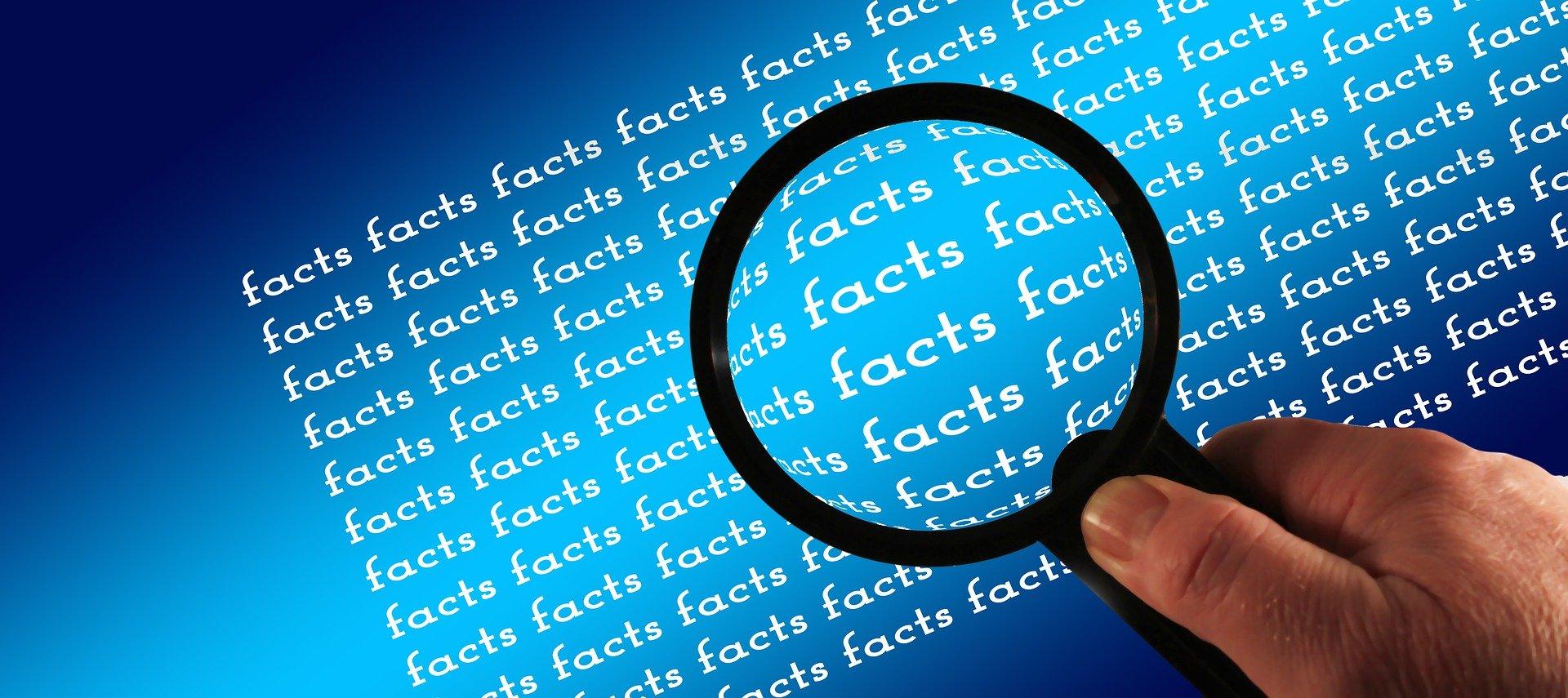🔍 Fact-Checkers: What They Do, What They Miss, and How Accurate They Really Are

In a world where viral headlines and meme-worthy “facts” spread faster than wildfire, fact-checkers have become the digital age’s firefighters. But how exactly do they work? What can they really detect—and what slips through the cracks? And perhaps the biggest question of all: can we trust them?
As we recently announced, we have implemented Fact Checking here on Vibeforge, so let us break it down for you.
✅ What Fact-Checkers Do Detect
Fact-checkers are trained (or algorithmically programmed) to spot falsehoods, exaggerations, and misleading claims. They focus on:
1. Verifiable Claims
These are statements that can be proven true or false using objective evidence. Examples:
-
“The moon landing was in 1969.”
-
“The COVID-19 vaccine contains microchips.”
A good fact-checker will trace these claims back to reliable sources—think scientific studies, government data, academic research, and reputable news outlets.
2. Misleading Context
Sometimes it’s not the statement itself, but how it’s framed. Fact-checkers will flag:
-
Quotes taken out of context
-
Old videos shared as recent events
-
Edited images or deepfakes
3. Viral Myths and Hoaxes
Many fact-checking organizations monitor social media trends and flag common hoaxes or conspiracy theories. They’ll often debunk:
-
Fake celebrity deaths
-
False medical “cures”
-
Misrepresented statistics
4. Satire Mistaken for News
Satirical posts (like those from The Onion or Babylon Bee) often get mistaken for real news. Fact-checkers will clarify the original intent behind such content.
🚫 What Fact-Checkers Don’t (or Can’t) Detect
While they’re good, fact-checkers aren’t magic. Here’s what they typically don’t catch:
1. Opinions and Interpretations
Statements like “I believe the economy is failing” or “This policy is harmful” can’t be fact-checked because they’re subjective. Even if data is involved, interpretations can vary.
2. Subtle Bias or Framing
A news report can technically be factual while still slanted. Fact-checkers usually won’t label something as biased unless there’s an overt misrepresentation.
3. Breaking News Claims
In fast-moving situations (like during natural disasters or political crises), fact-checkers may not have enough information yet. Speed is the enemy of accuracy.
4. Non-Public Data
If a claim involves private conversations, unpublished research, or insider information, fact-checkers can’t verify it unless that data becomes available.
🤖 Human vs. AI Fact-Checkers
There are two main types of fact-checkers:
👩🏫 Human Fact-Checkers
Organizations like PolitiFact, Snopes, and FactCheck.org rely on journalists, researchers, and experts. Pros:
-
Better context
-
Nuanced judgment
Cons: -
Slower
-
Limited reach
🤖 AI-Powered Fact-Checkers
Google’s Fact Check Tools, Facebook’s moderation algorithms, and browser plug-ins use AI to flag content.
Pros:
-
Speed
-
Scalability
Cons: -
Struggle with sarcasm, humor, or context
Often, the best systems combine both: AI finds the smoke, humans verify the fire.
📊 How Accurate Are Fact-Checkers?
Accuracy depends on the source. Here’s what the data tells us:
-
Human fact-checkers from reputable organizations are usually accurate—research shows most land in the 85–95% accuracy range.
-
AI fact-checkers can range from 70–90%, depending on how they're trained and what content they're analyzing.
-
Cross-checking multiple sources (e.g., using Snopes, Reuters, and AP) improves trustworthiness.
That said, even reputable fact-checkers can make mistakes. But they often issue corrections publicly—a key sign of integrity.
🧭 Should You Trust Fact-Checkers?
Yes—but with critical thinking.
Use fact-checkers as guides, not gospel. Just like weather apps, they give you the best forecast based on current info. Trust—but verify. Read the sources they link. Understand the reasoning behind the rating. And if one fact-checker seems off, see what others say.
🛠️ How You Can Fact-Check Like a Pro
Want to do your own sleuthing? Here's a quick toolkit:
-
Reverse Image Search: Use Google or TinEye to trace the origin of images.
-
Source Sniff Test: Is the article from a known satire site or conspiracy blog? Red flag.
-
Check Date and Context: A real story shared out of context is still misleading.
-
Use Fact-Checking Sites: Try Snopes, PolitiFact, AFP Fact Check, or Google’s Fact Check Explorer.
-
Read Beyond the Headline: Often, the article contradicts the clickbait title.
Final Thoughts
Fact-checkers aren’t perfect, but they’re essential. In an age where misinformation can sway elections, crash economies, or even cost lives, having dedicated truth-hunters on the job is more important than ever.
So next time you see a viral claim that feels a little too good (or outrageous) to be true—pause, check, and scroll responsibly.
Because the truth matters, even when it’s not trending.
- Art
- Business
- Causes
- Crafts
- Community
- Dance
- Drinks
- EĞİTİM BİLGİLERİ
- Fashion
- Film
- Fitness
- Food
- Oyunlar
- Gardening
- Health
- Home
- LGBTQ+ News
- Literature
- Music
- News
- Nature
- Networking
- Oddities
- Other
- Party
- Politics
- Religion
- Science
- Shopping
- Sports
- Theater
- Wellness



